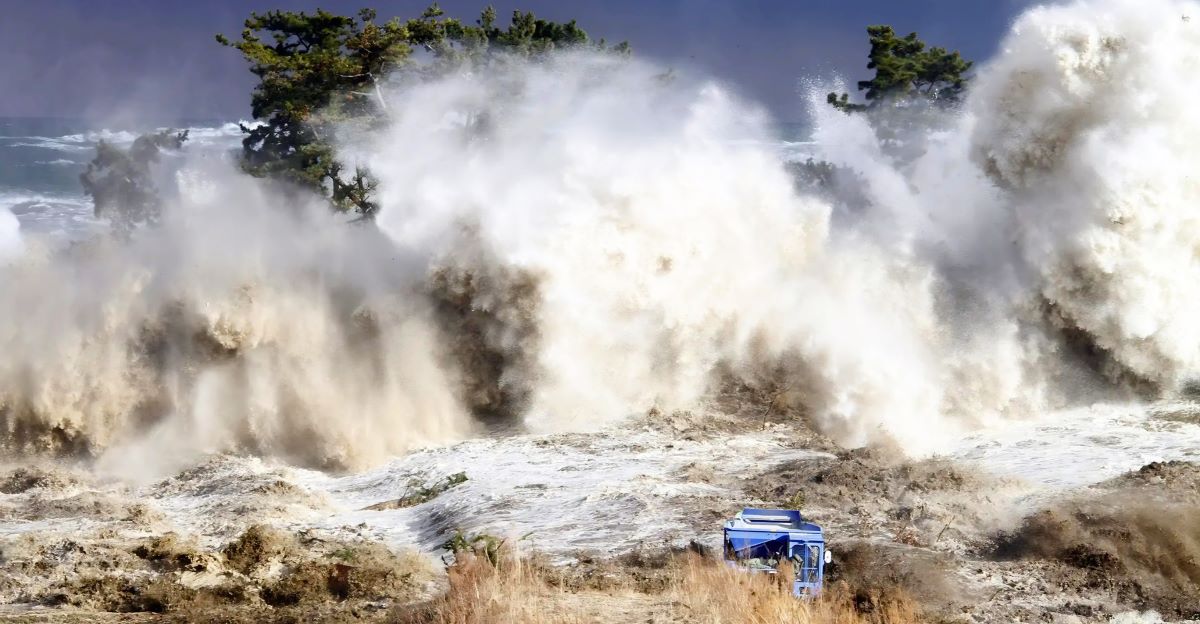
What if you knew that the next big natural disaster in America would not be hurricanes, tornadoes, or wildfires—but something much more serious, until it’s too late?
While most Americans imagine tsunamis on remote islands or Hollywood blockbuster screens, a new science alert is turning that narrative on its head.
While coastal cities—some of them surprising—are being redesignated as high-risk “red zones.” And it’s not just the waves—we’re sitting on a ticking geological timer. And this what it means for us and wildlife.
America’s Silent Tsunami Danger Is Getting Noisier
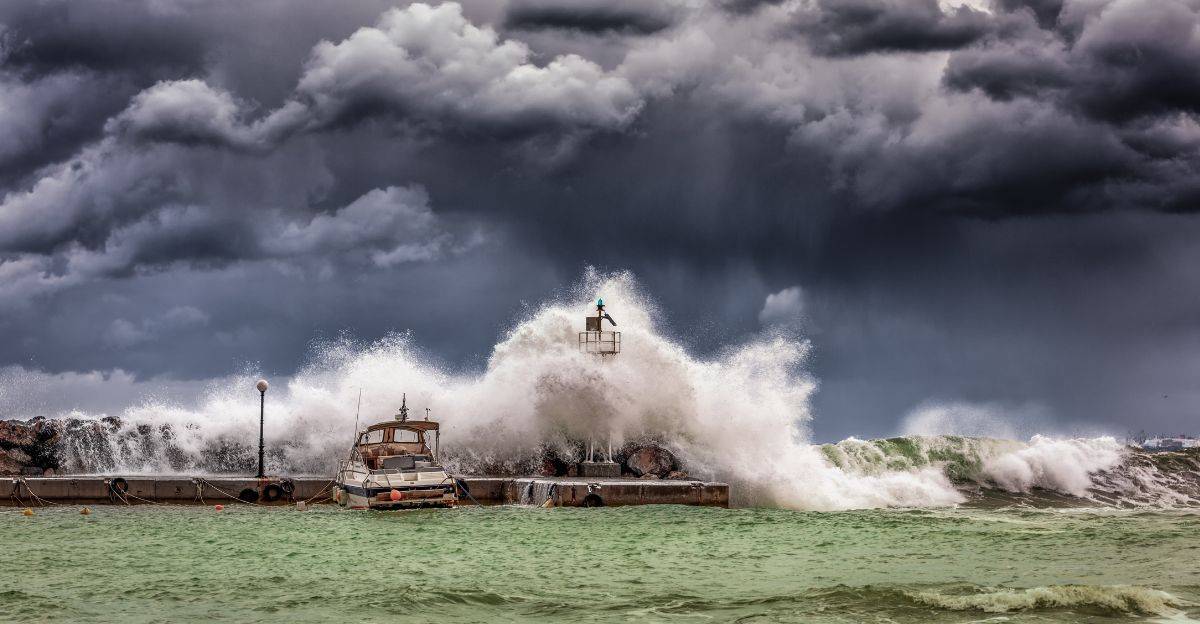
Tsunamis don’t usually feature on front pages in the United States unless they’re foreign. But scientists are now signaling the increasing possibility of tsunamis right in our own backyard.
This is not sensationalism—it’s reality. Scientists have reported new vulnerabilities along America’s shores, and these are not theories. They’re based on real tectonic data, sea level forecasts, and seismic probabilities that are anything but reassuring.
The Earth Is Shifting—And It’s Not Subtle
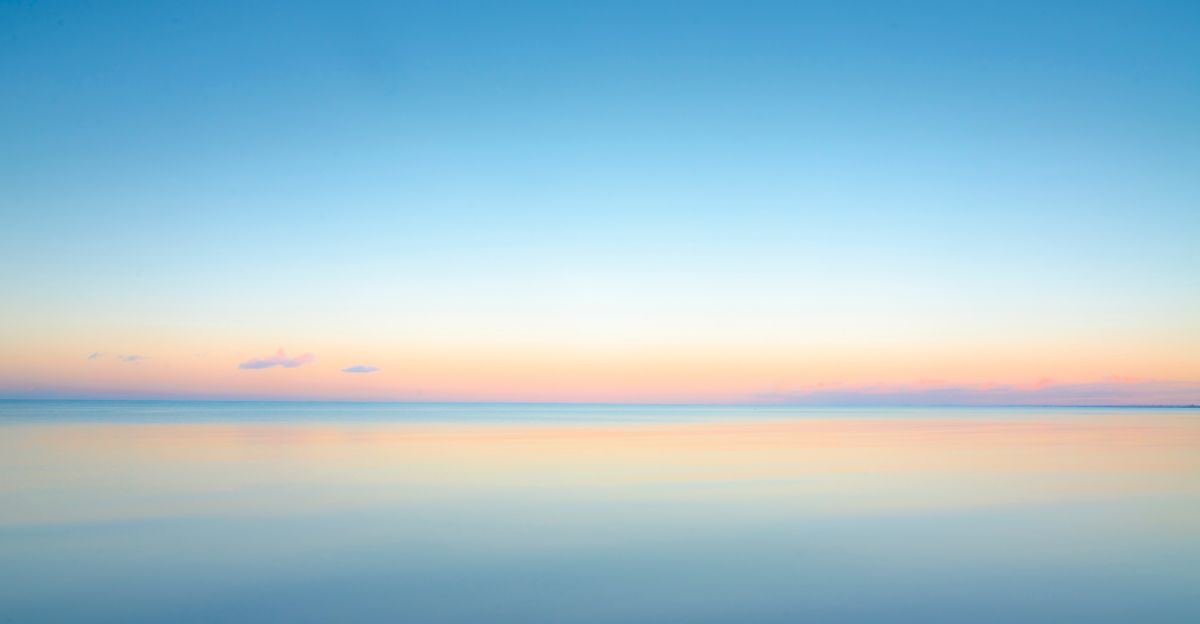
Under the seaside calm of the Pacific Northwest is the Cascadia Subduction Zone, a fault line that runs from Northern California to Vancouver Island. The faultline has a terrifying reputation: it can generate earthquakes over magnitude 8.
And if such an earthquake occurs by the sea, the following tsunami will inundate whole towns in just minutes. Rising seas? They only make things worse.
A Double Disaster—Earthquakes and Climate Change
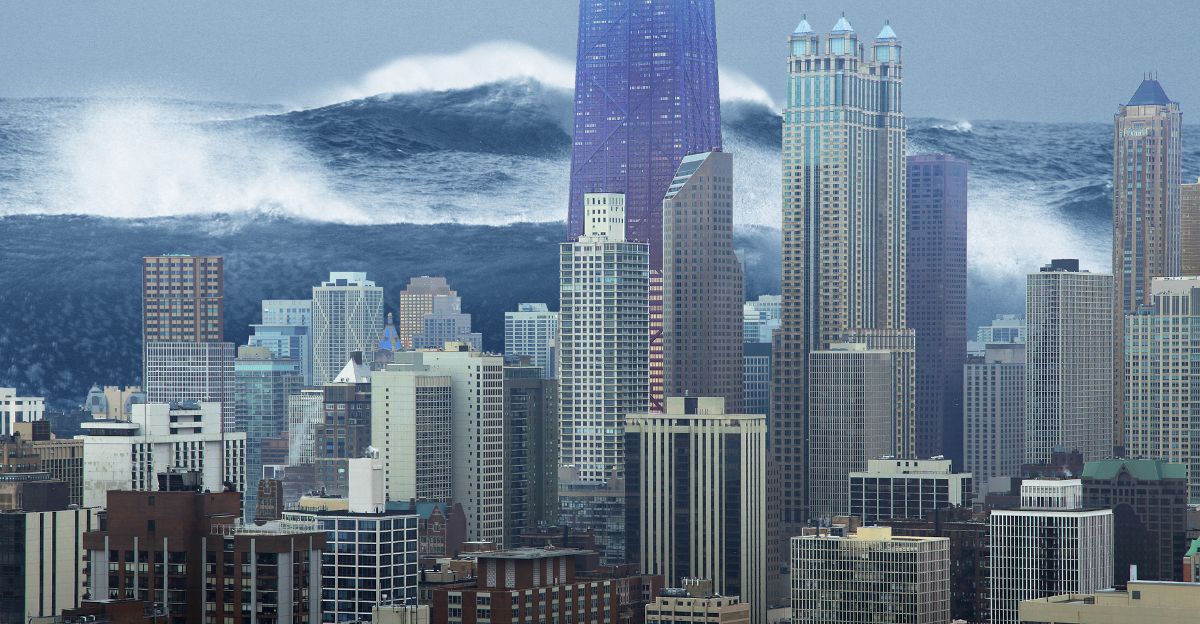
Picture a cataclysmic quake raffling the coastline, then a tremendous wall of water obliterating everything down the coast. That’s scientists’ worst nightmare to occur in our lifetime.
Worse still, sea levels might inundate coastal ground as high as 6.5 feet, enabling tsunamis to travel farther and faster than ever envisioned. That’s not a hypothesis—nobody has simulated it with precise modelling.
Red Zone Welcome—Oregon, Washington, Northern California
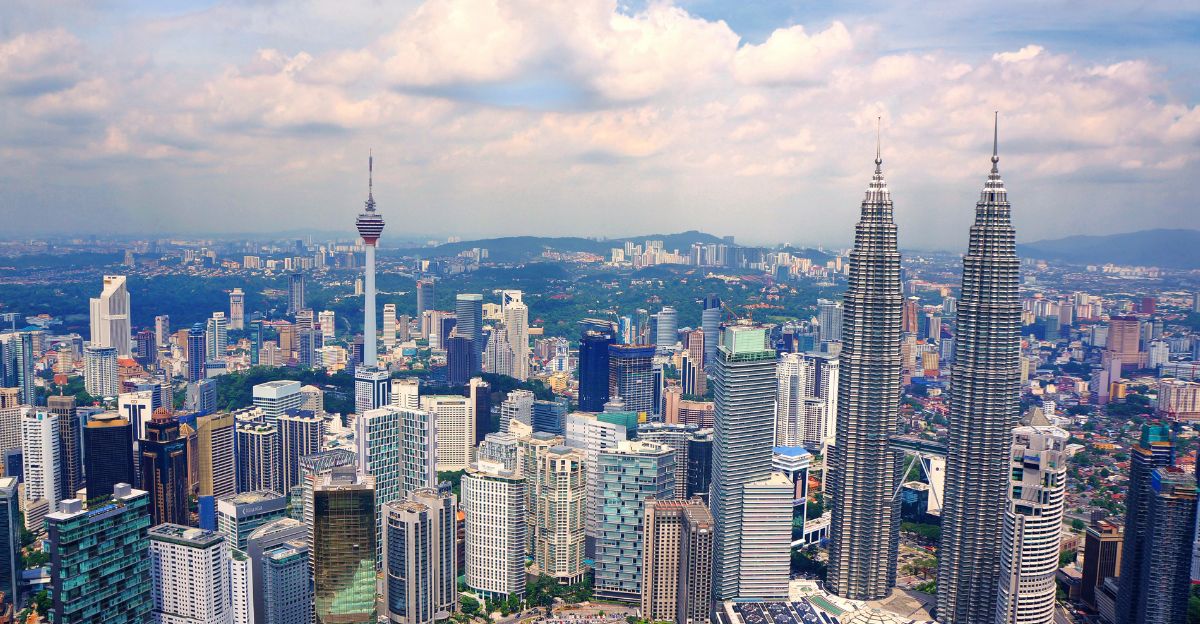
The Pacific Northwest is the area of focus for Virginia Tech’s research in particular, where tsunami threats are being reassessed. New red zones are focused around Crescent City, Coos Bay, and Aberdeen.
If an earthquake struck today, 14,000 more individuals would be in peril than in earlier models. Buildings, roads, and habitats could be obliterated in minutes.
Tsunami Maps Were Wrong—Why It Matters
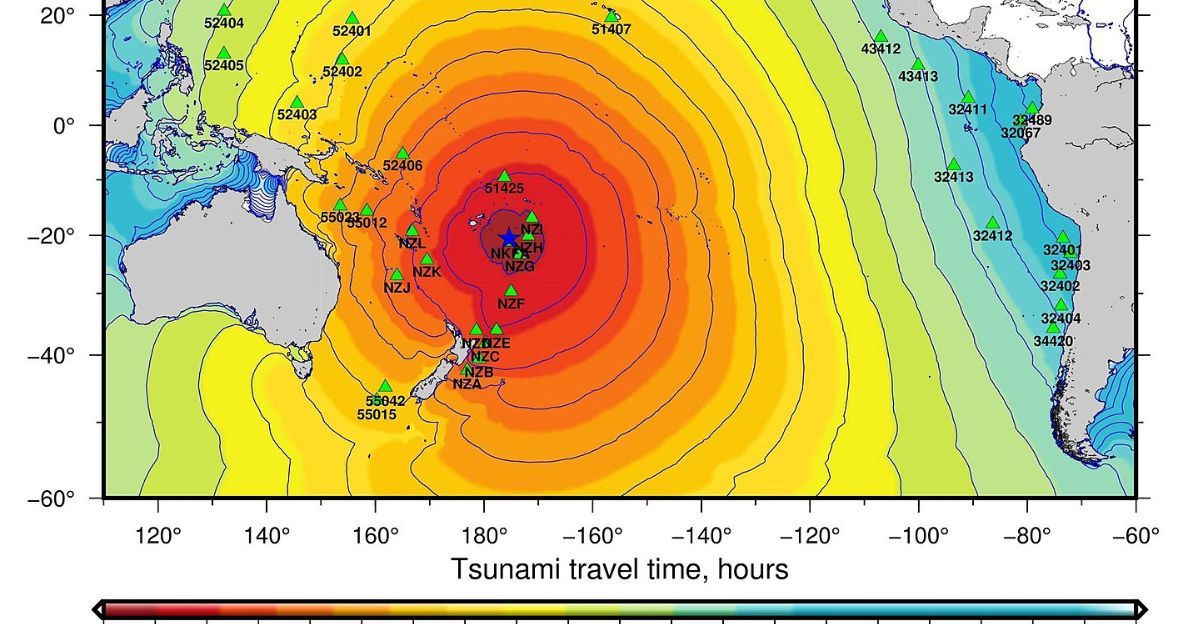
Emergency planners have been using tsunami inundation maps for decades to determine where to construct, live, and evacuate. But here’s the twist: those maps weren’t made considering changing ecological elements.
The oceans are rising, so future tsunamis will go further inland than what these older maps indicate. So the same tools designed to protect us may now be giving us a false sense of security.
Ecosystems on the Brink—Wildlife Won’t Be Exempt

Tsunamis don’t just flatten buildings and roads, they also destroy fragile ecosystems. Coastal marshes, estuaries, and forest shores that are home to vulnerable species such as salmon, shore birds, sea otters. Migratory whales are not immune either.
When saltwater overruns inland areas, freshwater habitats are disrupted, nurseries are destroyed, and whole food webs can be destroyed. It could take decades—if at all—following such an event for biodiversity to be restored.
How Big Could the Damage Be? Try 116 Square Miles
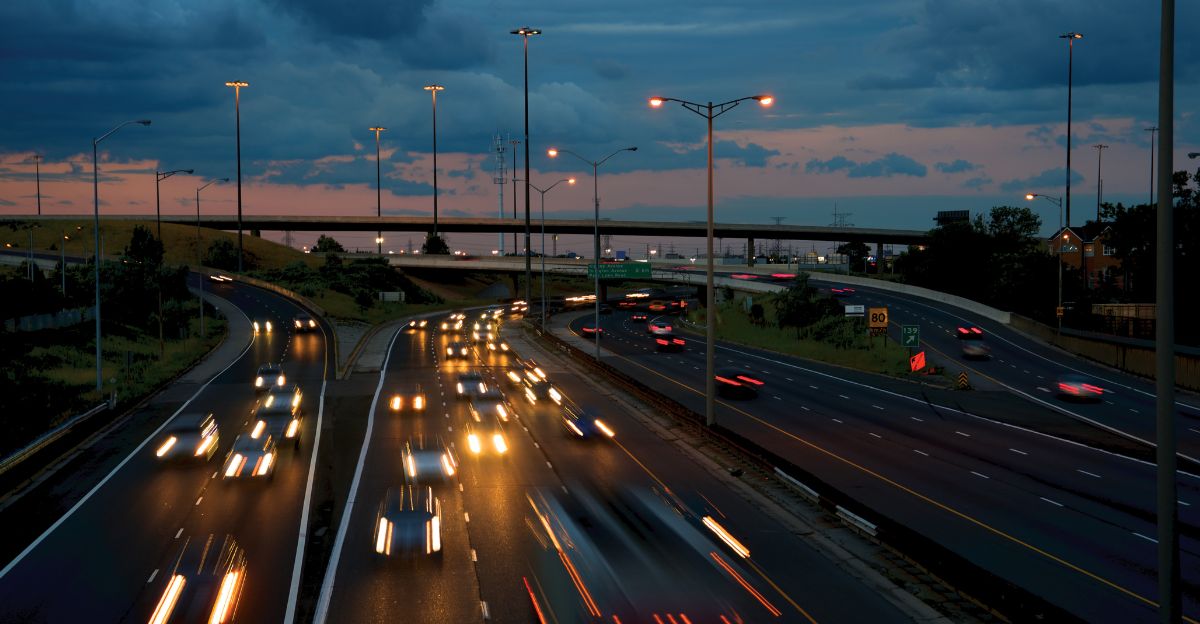
Today, the amount of land that would be flooded by tsunamis would expand from 35 to 116 square miles—a boost of 230%. That’s more than 22,000 buildings, nearly 800 miles of highway, and incalculable numbers of schools, hospitals, and residences.
These aren’t theoretical impacts—they’re mapped in precise detail. And at risk? The population keeps rising.
This Is No Longer Just a Coastal Problem
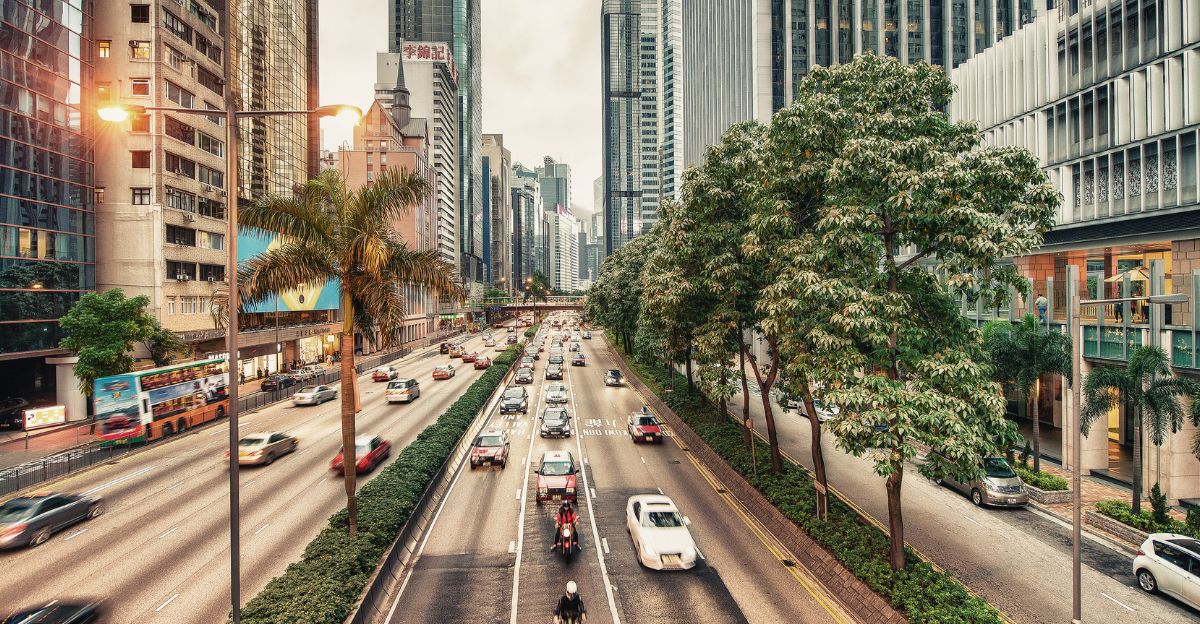
You may think, “Well, I don’t live on the beach—so I’m safe.” Think again. Tsunami effects can travel miles inland, particularly in low-lying river bottoms and low-drainage urban centers.
Even areas 10 miles inland could see water levels rise dramatically within minutes. And since sea levels are predicted to rise well into the next century, the inland reach will be even faster.
Why 15% Still Should Frighten You
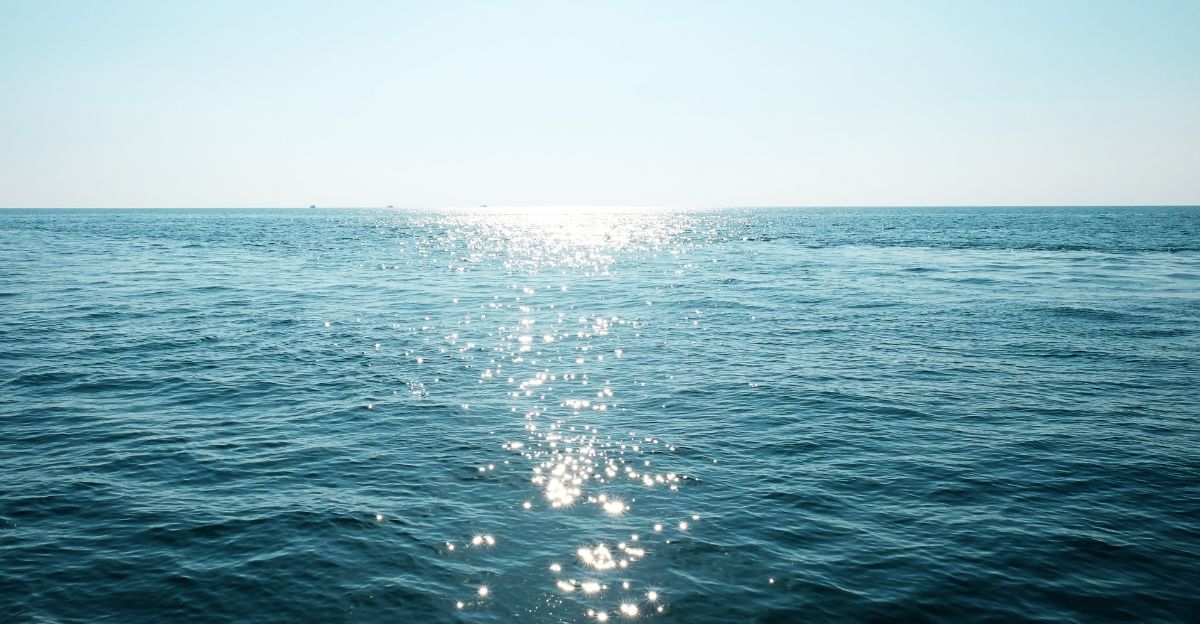
A 15% chance of a magnitude 8.0+ in the next 50 years sounds low. But think about this: it’s the same chance as playing Russian roulette with one bullet in a six-shooter and then pulling the trigger every few years.
When the risk is potentially thousands killed and billions lost, even a slim chance merits serious attention.
Infrastructure Not Prepared—And Time Is Out
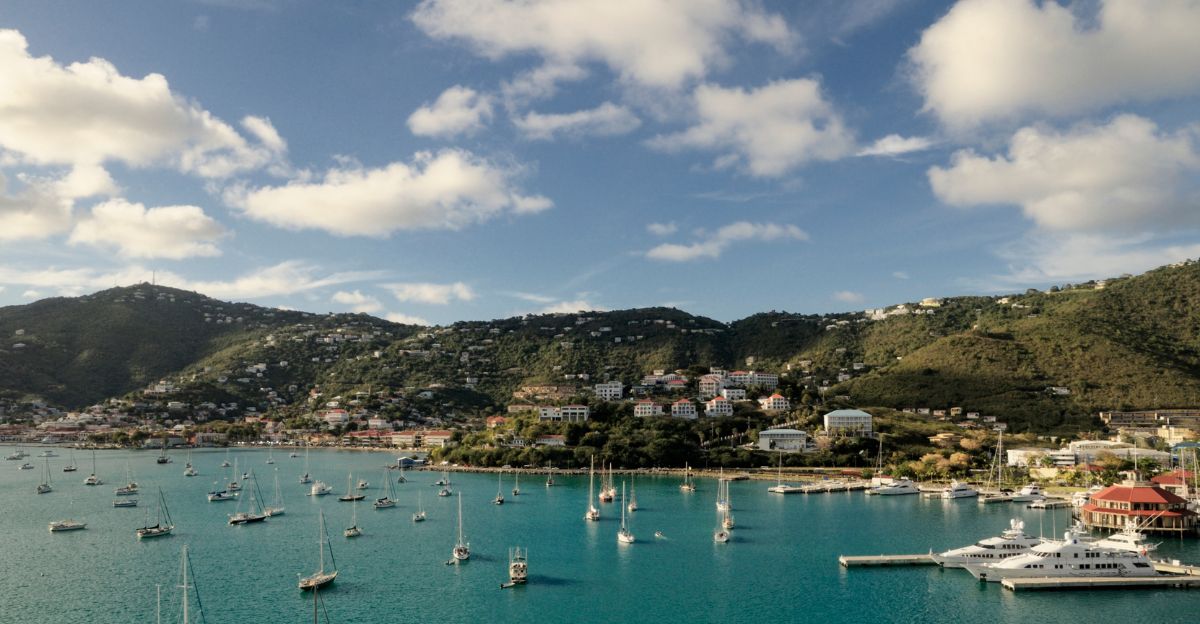
Bridges, power stations, harbors, and water distribution systems—most of these were built using prior assumptions of sea level and earthquake activity.
With the red areas extending, critical infrastructure lies in the direct path of the tsunami. Some neighborhoods already started reconfiguring their evacuation paths, but others haven’t even begun. And once the wave gets there, it will be too late to come up with a plan.
Ancient Warnings Face Modern Tests
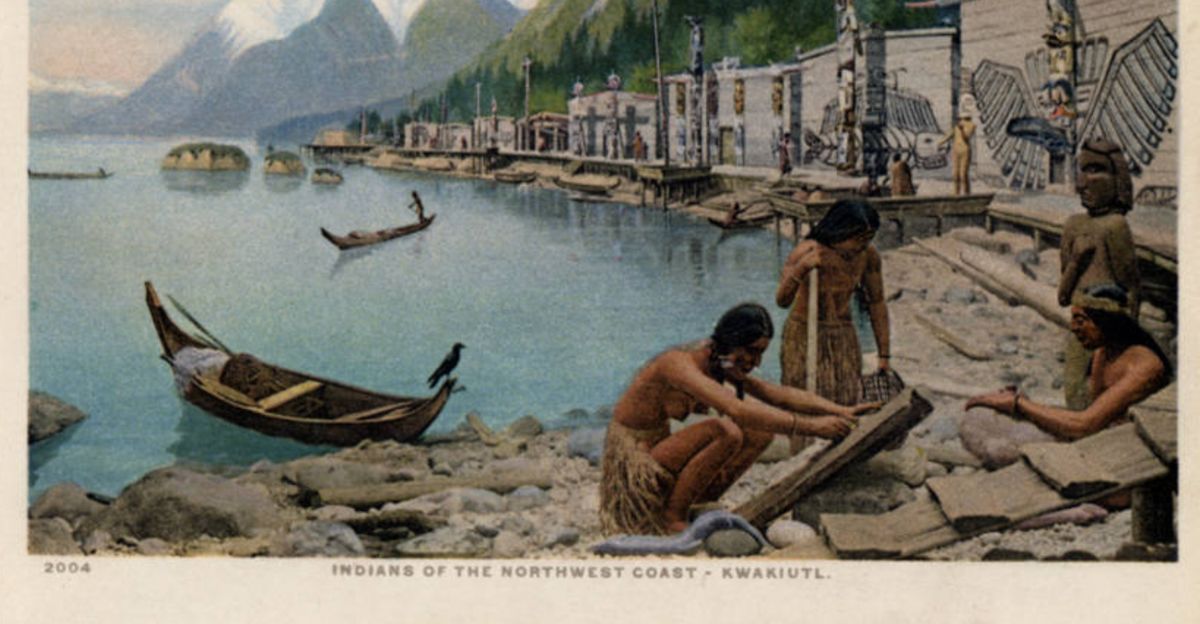
The indigenous Pacific Northwest peoples have oral traditions of giant waves destroying entire communities. Scientists today are experiencing a chilling coincidence between the ancient tales and the geological records of past megathrust quakes.
Once folklore. Now, cold fact. Humans long understood what science is only now fully comprehending: the water remembers.
It’s Not Just the West Coast Anymore
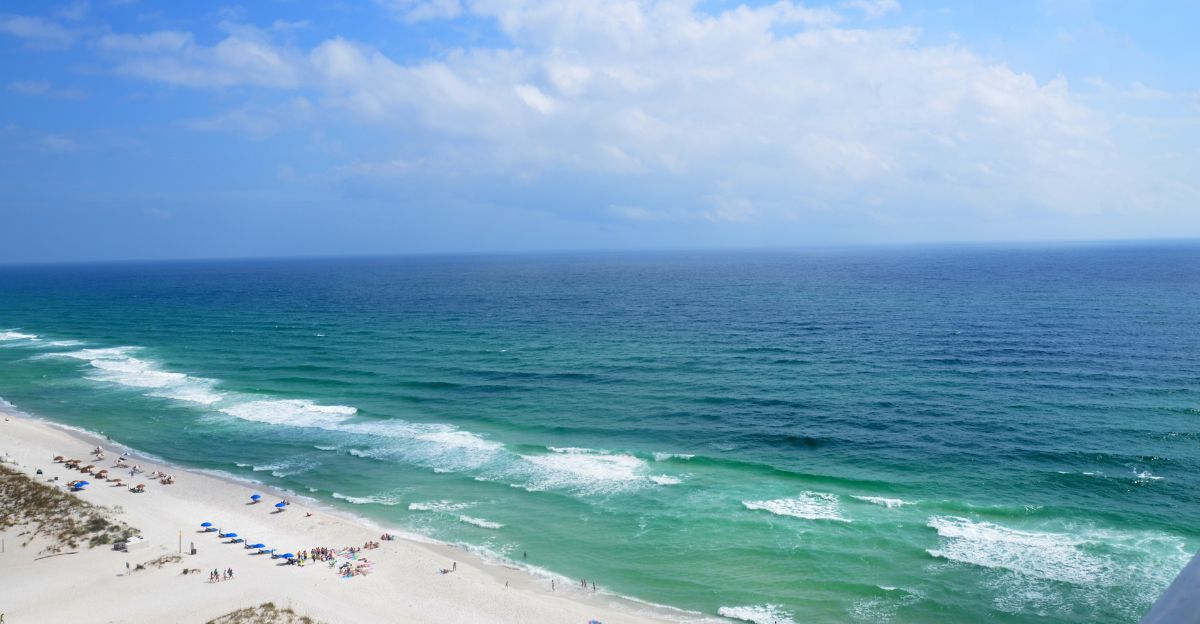
Although the Pacific Northwest is the region of concern, other areas within the U.S. are not ruled out. Scientists have begun charting risk areas along the Gulf of Mexico and even some areas of the East Coast, including vulnerable parts of Florida and New Jersey.
Earthquakes occurring far away and underwater landslides have the potential to create tsunamis that can strike these shores with little or no notice.
What Can You Actually Do About It?
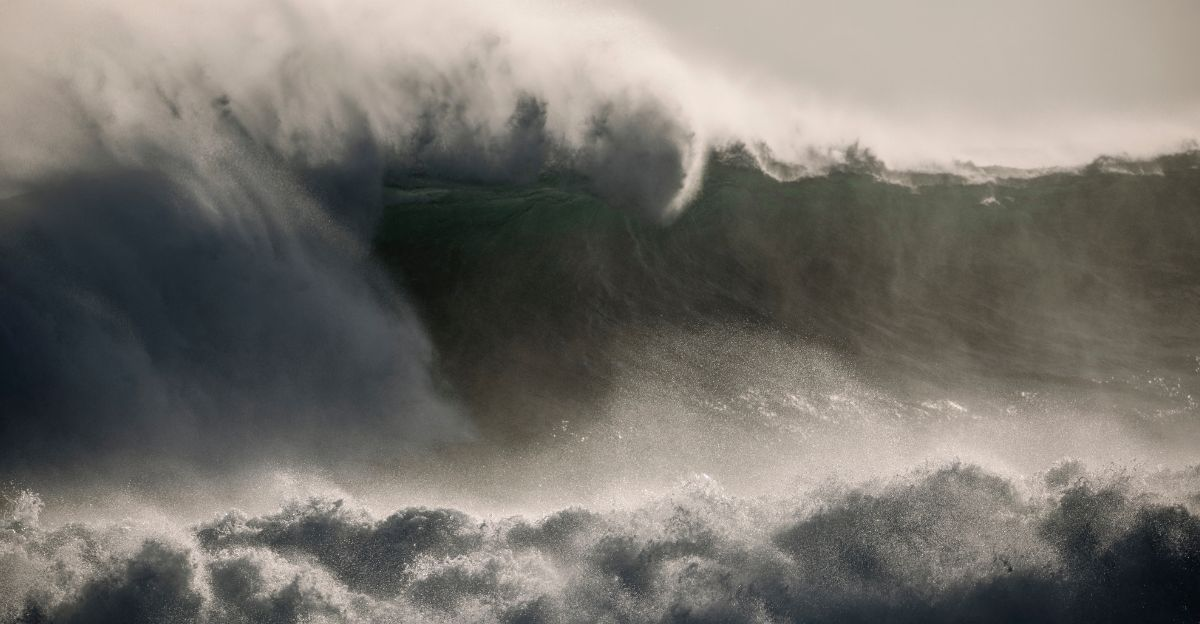
Panic isn’t preparedness. Learn the evacuation paths. Pay attention to local news and alerts. Advocate for new tsunami maps on your block. And most critically push for infrastructure that accounts for both earthquake movement and sea level rise.
The Wave Is Coming—But It Doesn’t Have To Be Fatal
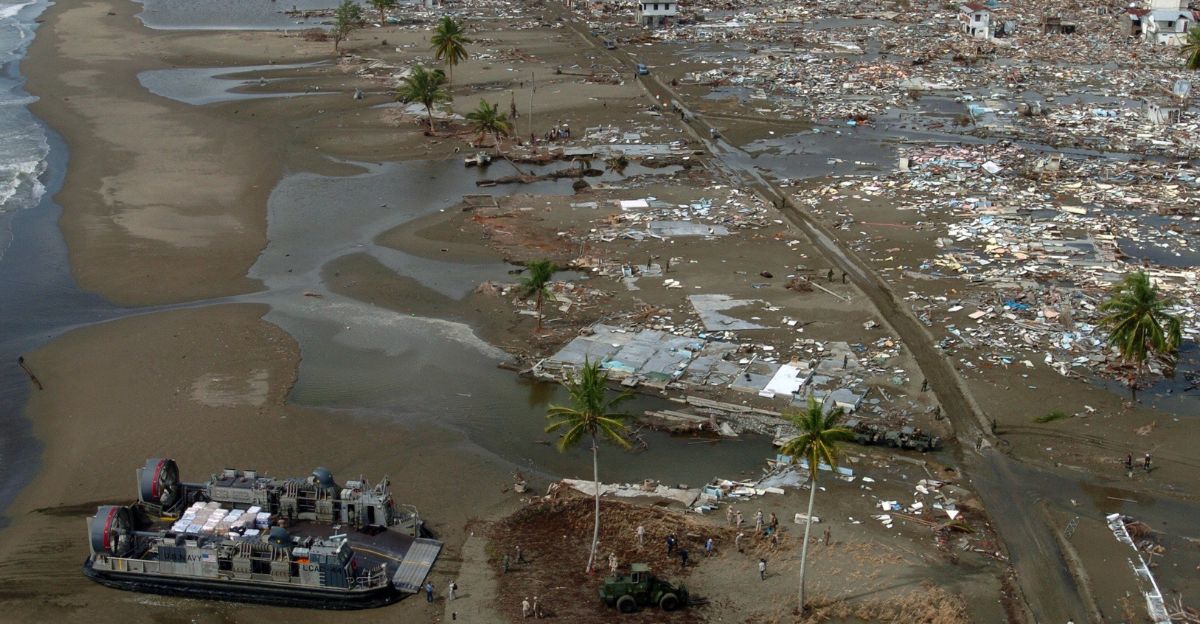
The data isn’t trying to frighten you—it’s is trying to save lives. With proper statistics, public education, and pre-emptiveness, we can learn to live with this new potential danger.
Tsunamis don’t happen often, but they aren’t impossible, either. And as the areas of red expand outward, we should move outward too. Because when the wave arrives, it will be those who were serious who remain.
Wake-Up Call from 2024—Scientists Sound the Alarm Again
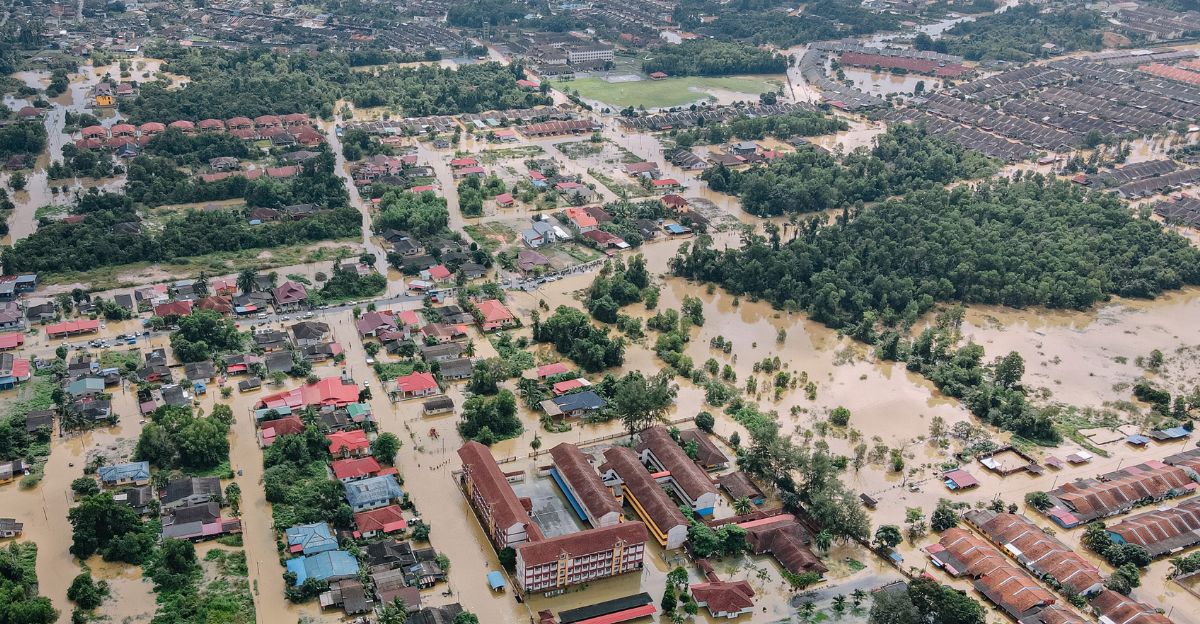
The USGS and NOAA released a new joint report in April 2024 reaffirming Cascadia Subduction Zone warnings. The new simulation indicates higher-than-expected tsunami waves striking large urban areas.
One scientist called it “the most alarming simulation in 20 years”. They predict up to 30 feet of flooding within minutes.
Oregon Schools in the Splash Zone
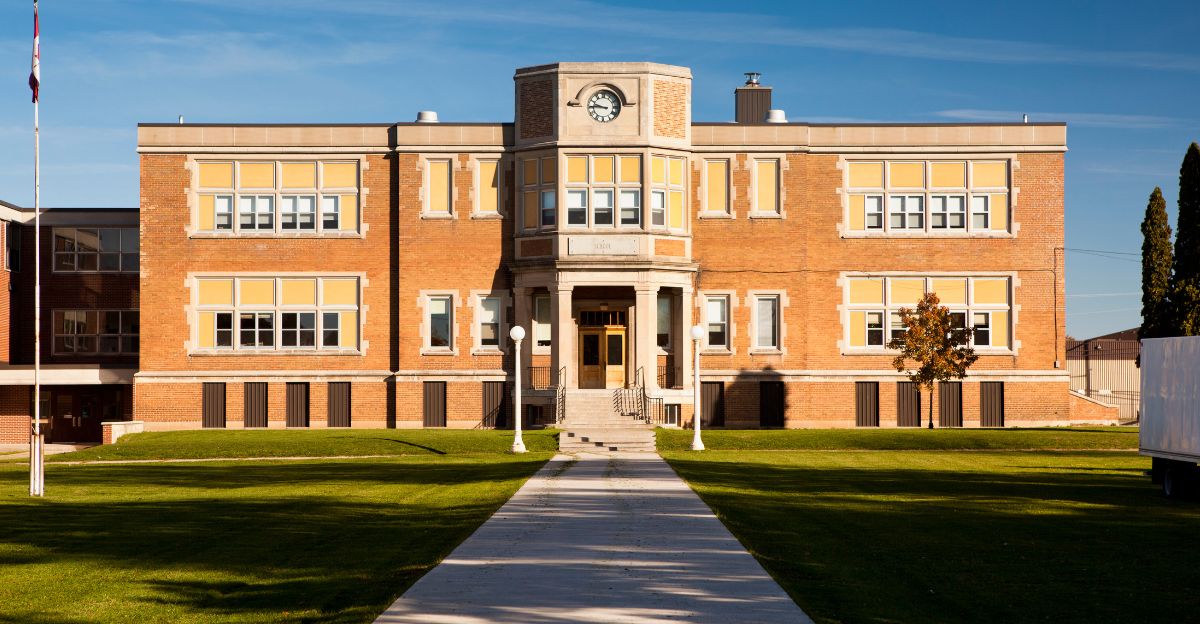
Researchers at Oregon State University mapped more than 100 public schools within the area at risk from tsunamis. Many were built before current safety codes existed and are less than 20 feet above sea level.
Plans for vertical evacuation towers have been shelved due to lack of funding, leaving thousands of children at risk.
The 15-Minute Window
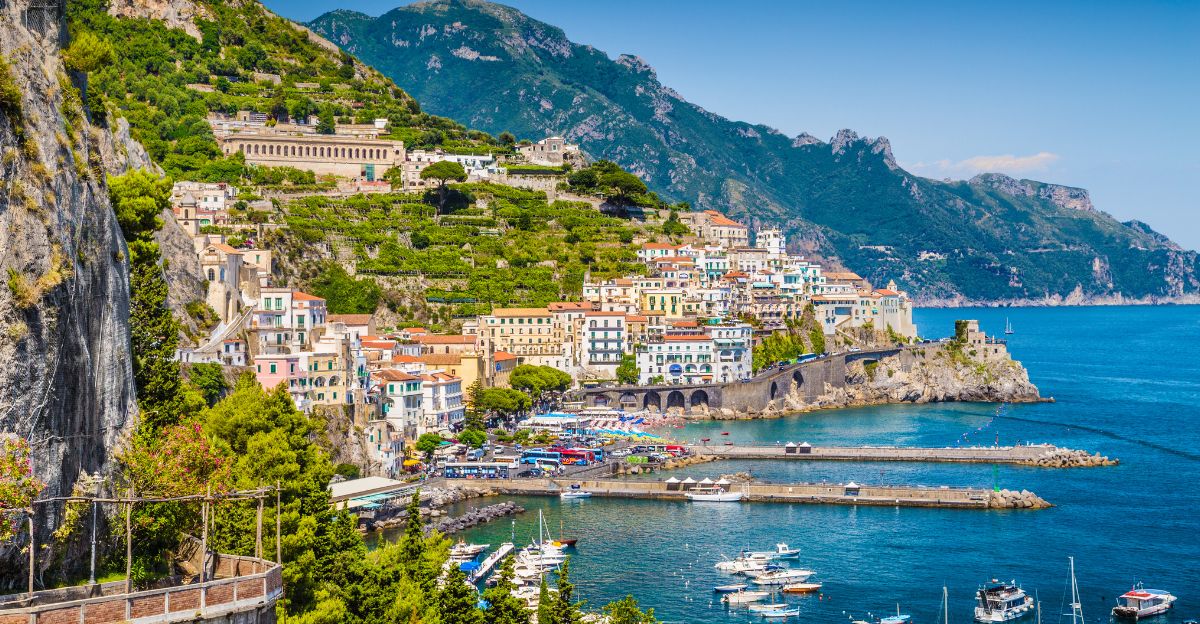
As soon as there is a megathrust earthquake in the Cascadia area, coastal dwellers get at most 10–15 minutes to evacuate before the tsunami wave hits.
By contrast, tsunamis arrive with little warning—mere seconds in some areas. This window is even shorter for people who live in estuaries and bays.
Alaska’s Role in the Domino Effect
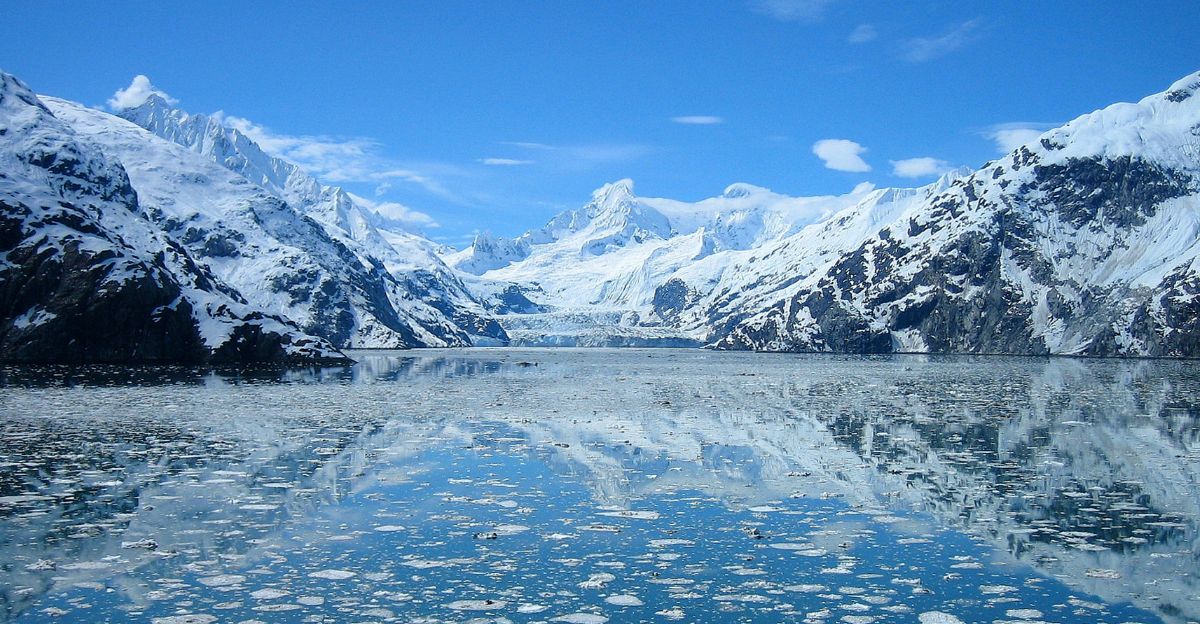
Alaska’s tectonic activity is not isolated. Aleutian Subduction Zone movement can act as a stimulus to the Cascadia faultline. Worst case, a train of earthquakes could be set off. This interdependence means one catastrophe could trigger another.
Seattle’s Port—An Economic Bullseye
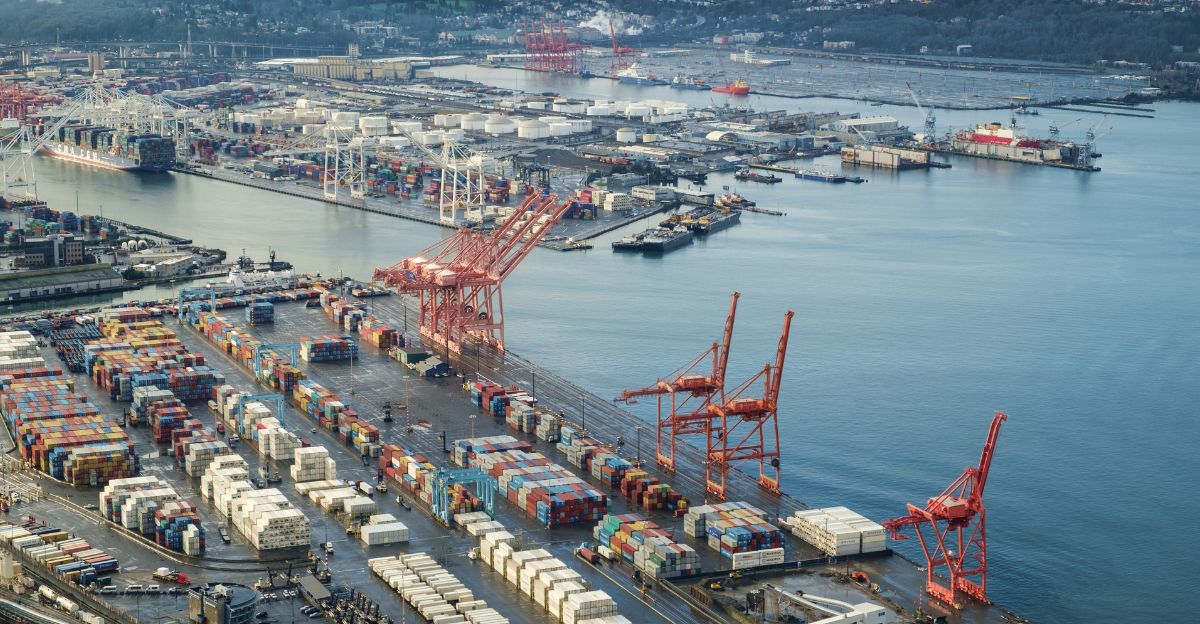
The Port of Seattle ships billions of dollars worth of merchandise every year. If a massive tsunami were to hit here, FEMA estimates it would cause more than $50 billion in economic loss and halt trade for weeks.
Freight rail, highways, and oil pipelines would all shut down—affecting the entire nation—not just coastal regions.
Japan’s 2011 Tsunami—A Mirror We Can Learn From
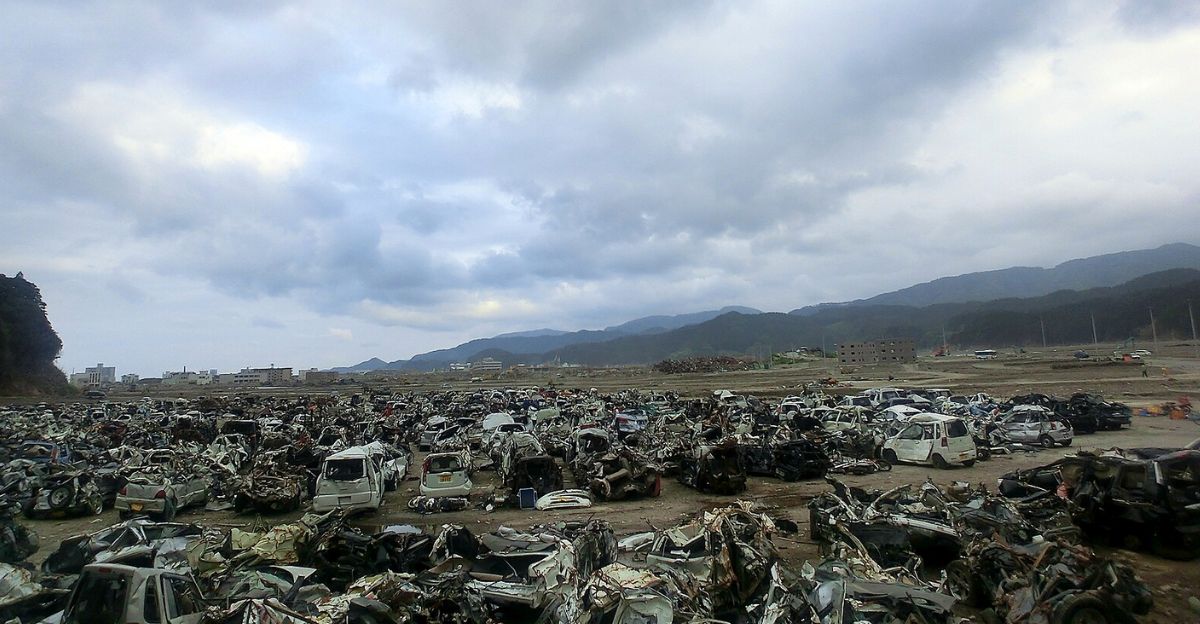
In 2011, Japan’s Tōhoku earthquake and tsunami provided a chilling preview. Over 15,000 people died, nuclear power plants were destroyed, and losses totaled $360 billion.
American coastal cities are susceptible to the same threats. Emergency planners today employ Japan’s disaster as a worst-case scenario model for U.S. emergency planning.
Rising Waters, Shrinking Safety
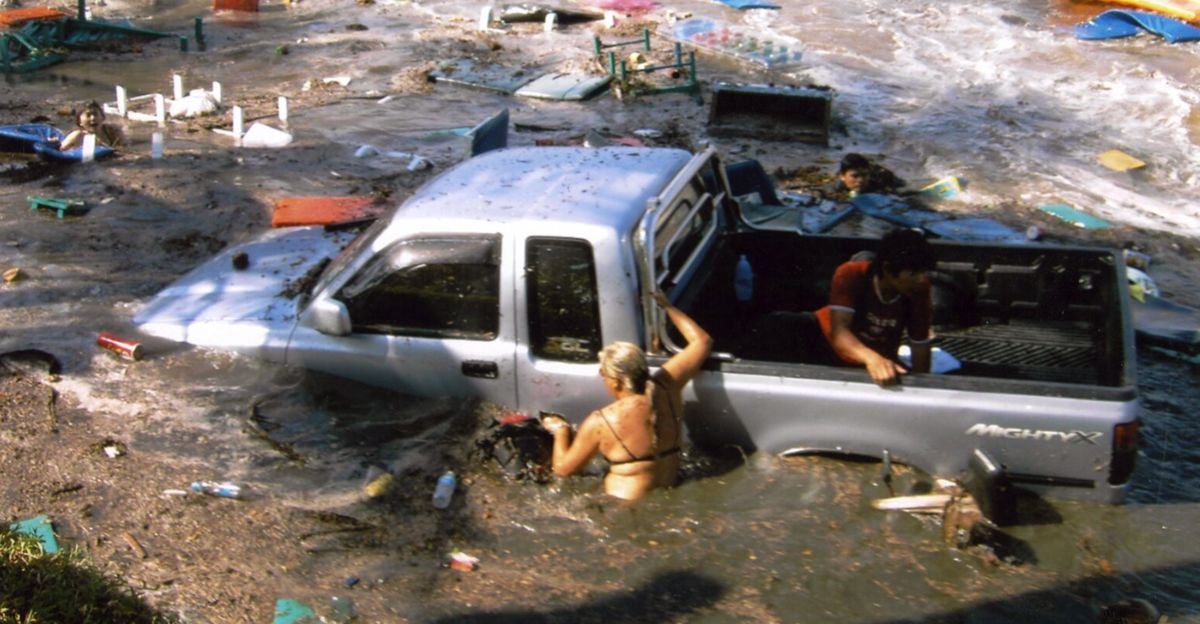
Even the 1-foot sea-level increase adds 100 to 200 feet of inland tsunami reach, calculates NOAA.
As the seas rise more quickly than expected globally, homes once “just outside” the red zones now sit squarely within the danger zone. Retreat lines need to be redrawn as soon as possible.
AI-Powered Prediction Models Are Here—But Still Limited
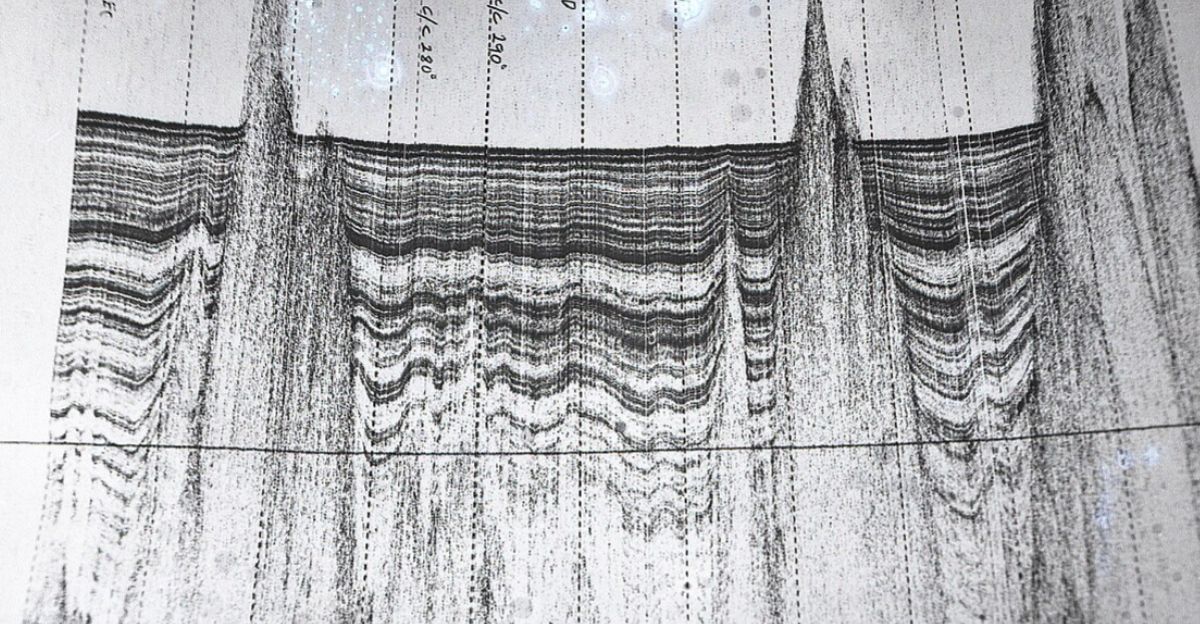
New University of Washington computer models are delivering tsunami warnings based on real-time seismic data more quickly.
But the models still depend on functioning infrastructure to spread warnings—something that could be destroyed in the first earthquake. But human readiness is still essential.
A Tsunami Drill That Saved Lives
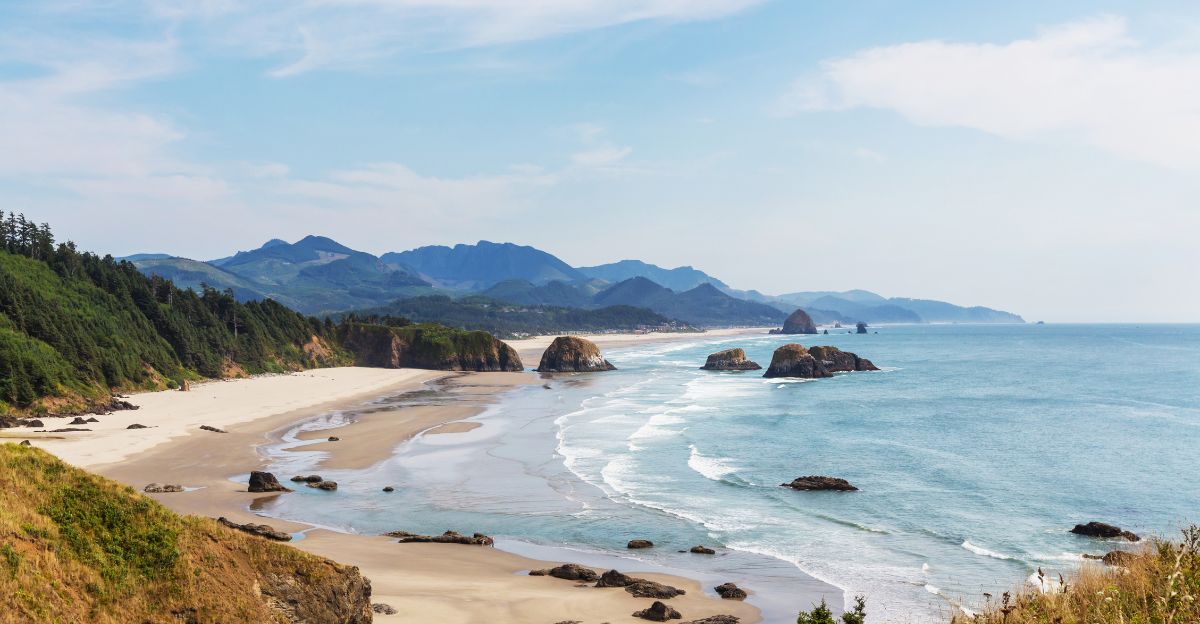
In 2023, Oregon’s Seaside conducted a citywide tsunami evacuation drill. When weeks later a small earthquake occurred, though smaller than anticipated, residents said the drill helped reduce fear and improve coordination.
Experts currently recommend yearly mandatory drills throughout red coast regions.
Build Up—Not Out
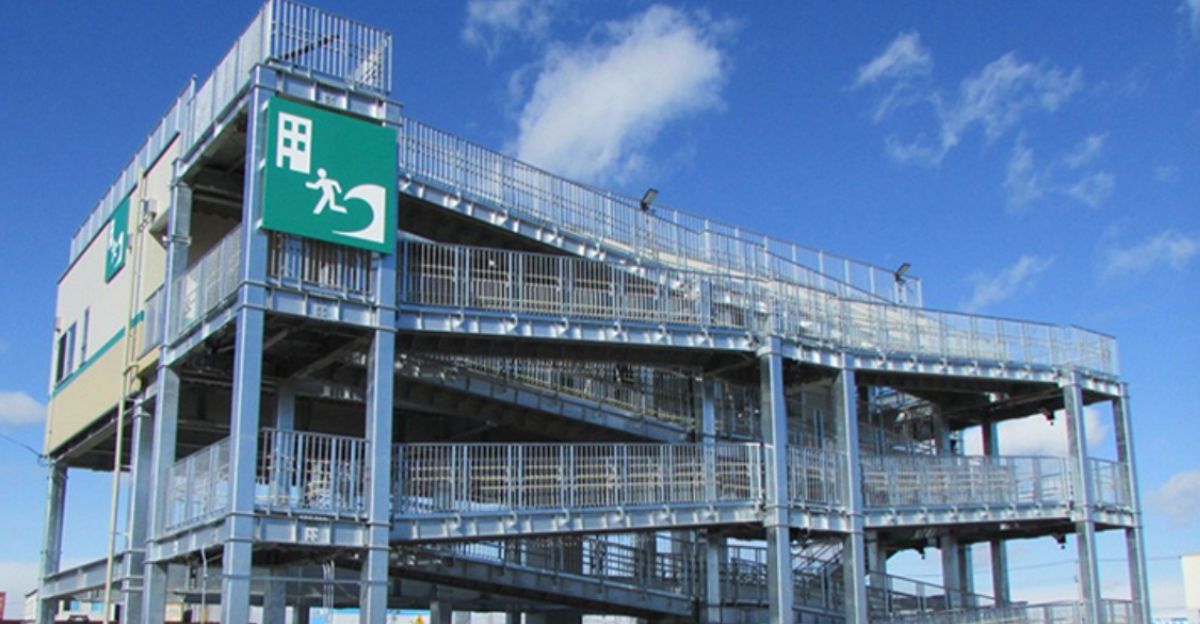
City planners are calling for an alternative option: vertical evacuation towers. These tall, secure buildings offer protection above flood levels when going inland is not an option.
Japan already has dozens; the U.S. has fewer than 10. In vulnerable areas, building up may soon be the only viable option.
Explore more of our trending stories and hit Follow to keep them coming to your feed!

Don’t miss out on more stories like this! Hit the Follow button at the top of this article to stay updated with the latest news. Share your thoughts in the comments—we’d love to hear from you!







